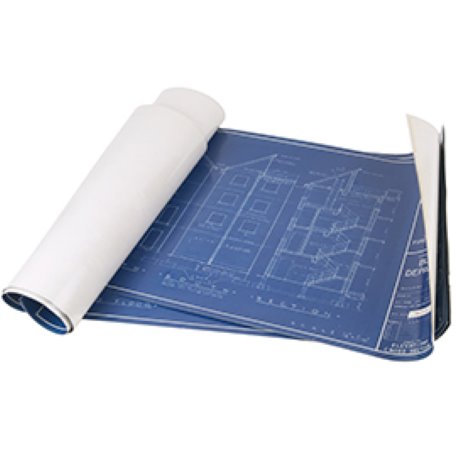The Canadian Association of Women in Construction (CAWIC) has launched the Level Best Industry Action Plan containing action items to attract, retain and promote more women in construction and the association is encouraging everyone in the Canadian construction industry to adopt it.
"The project was aimed to bring more women into the industry, both hiring and retention, but also we were asked to focus very specifically on promoting women into leadership roles," explained Tammy Evans, who spearheaded the project for CAWIC with the help of consultant Julie Lassonde. "So the level best plan is all about collaboration so the industry is making the action plan for itself. We’ve had participation right across the industry."
In 2014, CAWIC received funding from Status of Women Canada to conduct the 36 month research and action plan development project. The plan was officially launched at CAWIC’s spring gala, billed as Breaking Ground, May 25 in Toronto.
Women make up 54 per cent of the workforce in Canada, there are only about 11 per cent in the construction workforce across Canada, with less than four per cent on the tools and less than one per cent in the boardroom making important decisions, Evans explained.
"That number has not changed materially in any positive way in over 30 years, yet when we look at the industry and we look at the innovations in the industry, things have changed considerably," said Evans. "So why are we not making strides as in other industries for women? We may be talking but we’re not acting."
The action plan is intended to be a tool kit to support the advancement of women in construction.
"Now it’s time for action — deliberate, sustainable, positive, enforceable action," Evans stated. "The purpose of this action plan is for it to be a living document that is a tool kit for you to build: build the industry into what it should be, build the industry equitably, build the industry for both men and women, build the industry into an economic force around the world."
The first phase was the needs assessment phase which involved documentary research and consultation with the females, employers and stakeholders with the objective of determining the needs and challenges in the industry. It resulted in a needs assessment report that was completed in 2015.
"We engaged directly, we had roundtable discussions, we had direct interviews, surveys to identify the needs and the challenges that exist today in the industry for women," said Evans. "In order to make sure that we received really truly honest discourse both with employees, with those workers in the field on the construction site as well as from the employers, we kept it confidential we kept the female participants confidential. That was important, in fact it was critical to the success of securing research that was valuable and real."
The consultation process included retaining a consultant, the review of 200 pieces of relevant reference materials, the assembly of a project advisory committee, direct industry consultation and outreach to representative industry stakeholder group leaders.
"That means that they have to disclose sensitive data to us and they did," said Evans. "They had to disclose potentially negative issues in the organization. They also disclosed to us and helped us understand the positives and what is going on in the organization that works."
The second phase was the action plan development and testing phase which led to the Level Best Industry Action Plan. Strategies were developed to address the primary needs and challenges discovered through the research phase.
"The public needs to know that a career in construction is a satisfying, safe, lucrative career," said Evans. "We need to demonstrate actively there is a business case that women in decision making roles actually lead to economic benefit for an employer."
She added policies and initiatives need to be developed by the government and employers to help level the playing field.
"Our research indicated that while there are females in the shops, women still represent less than 25 per cent of the employees in their shops and the overwhelming majority of women are in the office, accounting, reception, they’re not on the tools, they’re not supervising in the field and they are not in decision making roles," Evans stated.
The plan sets out 16 targeted action items with tools such as guidelines, templates and assessments with an extensive reference materials list. It includes mentorship program development, work life balance supports, anti-discrimination policies and procedures, statistical data collection and analysis, gender diversity training and evaluation of action plan implementation.
"The industry told us they are aware of the issues but they don’t know how to fix them, they said help us, give us the tools. The industry action plan is the tool. This is how we develop a program that is specific to your organization," said Evans.
For more Level Best Industry Action Plan information visit www.cawic.ca.











Recent Comments
comments for this post are closed